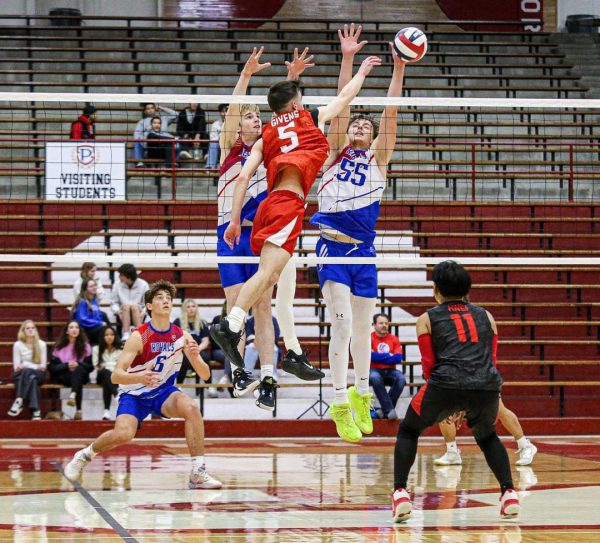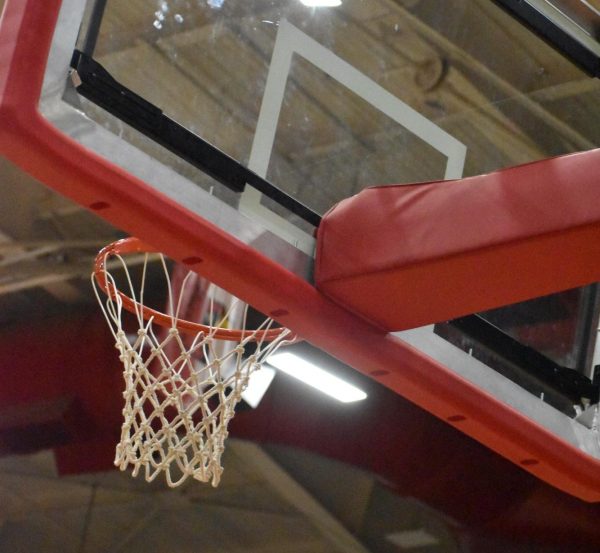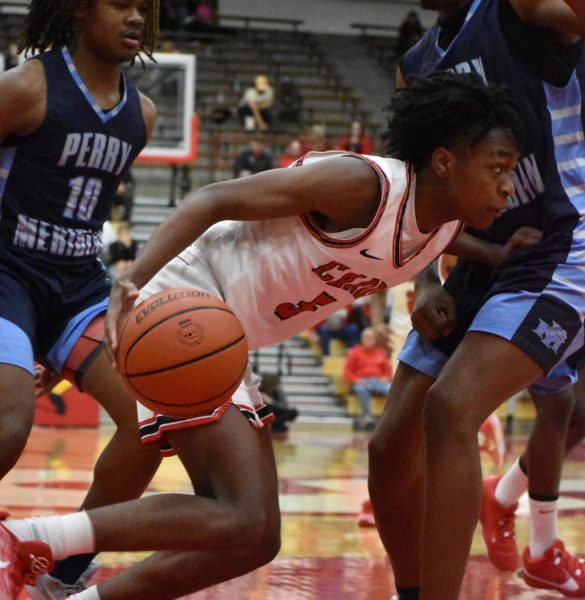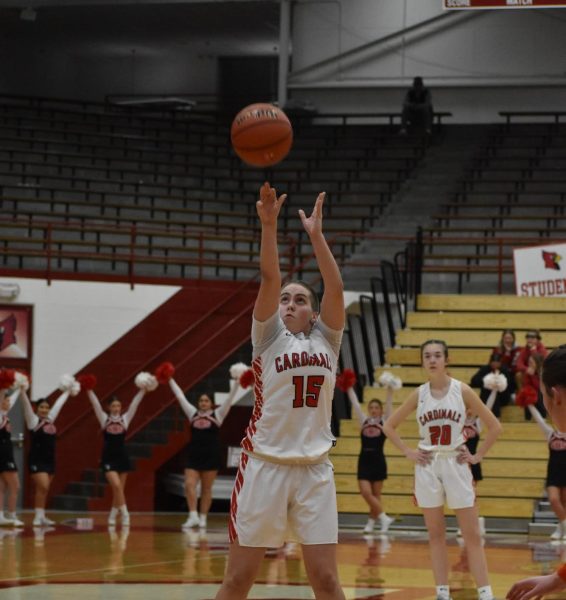Women deserve equal pay for equal play
April 25, 2016
As the National Anthem rang through BC Place Stadium in Vancouver, thousands of die-hard soccer fans anticipated the kick-off of a Women’s World Cup final that could rewrite history. Three minutes into the game, U.S. captain Carli Lloyd placed a pass from Megan Rapinoe into the back of the net. The U.S. Women’s National Team never looked back after that. They became the first women’s national team to win three World Cups.
But now, Lloyd, Rapinoe, Alex Morgan, Hope Solo and Becky Sauerbrunn are filing a complaint against the U.S. Soccer Federation over equal pay less than a year after their World Cup victory. In an essay published by The New York Times, Lloyd claimed she and her teammates were “sick of being treated like second-class citizens.” The chasm between the salaries of male and female athletes is wide, and that’s unacceptable, especially in the case of the women’s team.
The women’s team is the winningest team in U.S. Soccer. They proved their dominance after having gone undefeated 104 games in a row on U.S. soil, and winning the World Cup in 1991, 1999 and 2015. They are four-time gold medalists at the Olympics. The U.S. Men’s National Team doesn’t even come close to the level of success the women’s team has had. They’ve only been able to go 16 games without losing on U.S. soil, they’ve never won a World Cup and they didn’t even qualify for the Olympics this year.
The women’s team makes on average $334,000 less than those on the men’s team, despite having won their third World Cup in 2015. Had the men gotten past the quarterfinals in 2014 and gone on to win the World Cup, they would have received a bonus of $390,000, while the women, who by the way easily won in 2015, received a bonus of $75,000. The U.S. Soccer Federation is supposed to be a non-profit organization, but they are basing the salaries of their employees off of gender, not success.
Now, I know that men’s athletics typically draw in more revenue for a company. But, this is much different. Even though it seems like the men would bring in more money to the U.S. Soccer Federation, the women’s team brought in $17.7 million in profit, while also attracting the highest American television rating for a soccer game in history. The women’s team is breaking records on and off the field, but when’s the last time the men did anything successful? The men’s team could play 20 friendlies, lose all of them and still make $100,000, but the women would have to win all 20 games just to earn $99,000.
Soccer isn’t the only sport in which women are making significantly less than their male counterparts. This type of discrimination happens in soccer, golf and basketball. The PGA offers five times more in prize money ($340 million), than the LPGA ($61.6 million). Although the PGA and LPGA are technically separate corporations, they have a partnership in which they share marketing programs and digital media programs. Marketing is what brings spectators to both men’s and women’s events. The gap between the salaries shouldn’t be $278.4 million if the two corporations are really a partnership. The WNBA’s league minimum is $487,000 less than the NBA’s. In the case of golf and basketball, the men’s leagues draw in more revenue, but unlike the U.S. Soccer Federation, these leagues are corporations. But, does that make it okay for them to pay their female employees one-fifth of what their male employees make?
The answer is no. It’s not okay, and it never will be. We live in a society that should no longer base a person’s salary off of gender. Women in all sports need to start stepping up, like Lloyd and her teammates, and start fighting for what they deserve. They need to start fighting for equal pay for equal work.








